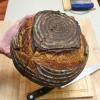
some recent baguette attempts

I’ve got a backlog of breads I’ve been making, so I’m going to start from the most recent and maybe work my way back a bit.
…
I love baguettes / French bread but I’ve never made them consistently – I just have times when I obsess about them for a week or two, not get them quite how I want them, and decide it’s not worth the effort.
Obviously there’s a lot of subtlety to making them well – the shaping and baking especially – that they benefit from the really consistent routine and environment of a bakery.
Anyway, I got my hands on some French T65 flour and had another push at them. Not that French flour is essential, but it just gave me a little extra motivation to figure out this bread.
So here’s a look at the three recent bakes I made and what I’ve learned doing so.
…
Bake 1
The particular recipe I used was Hamelman’s baguettes with poolish, at 66% hydration. Technically they’re more like batards, since I can’t make them very long in my oven.
The main lesson I took from these is that it is very much possible to overbake a yeasted baguette.
In the past I had made sourdough batards which I baked dark and turned out well, staying moist and chewy inside while having a strong, flavourful, slightly chewy crust.
Also, from past experience I knew that underbaking baguettes can result in a crust that quickly softens while cooling, even if it feels solid coming out of the oven, and becomes slightly leathery, which I was trying to avoid.
But baking too thoroughly here resulted in loaves that, while quite visually appealing (and crackling beautifully while cooling), were quite disappointing in terms of texture and flavour.
The crust was too hard, thick, and strongly flavoured, detracting from the subtle flavours of the crumb. And too much moisture was baked out of the interior, leaving a slightly dry crumb, taking away some of the softness of a good baguette.
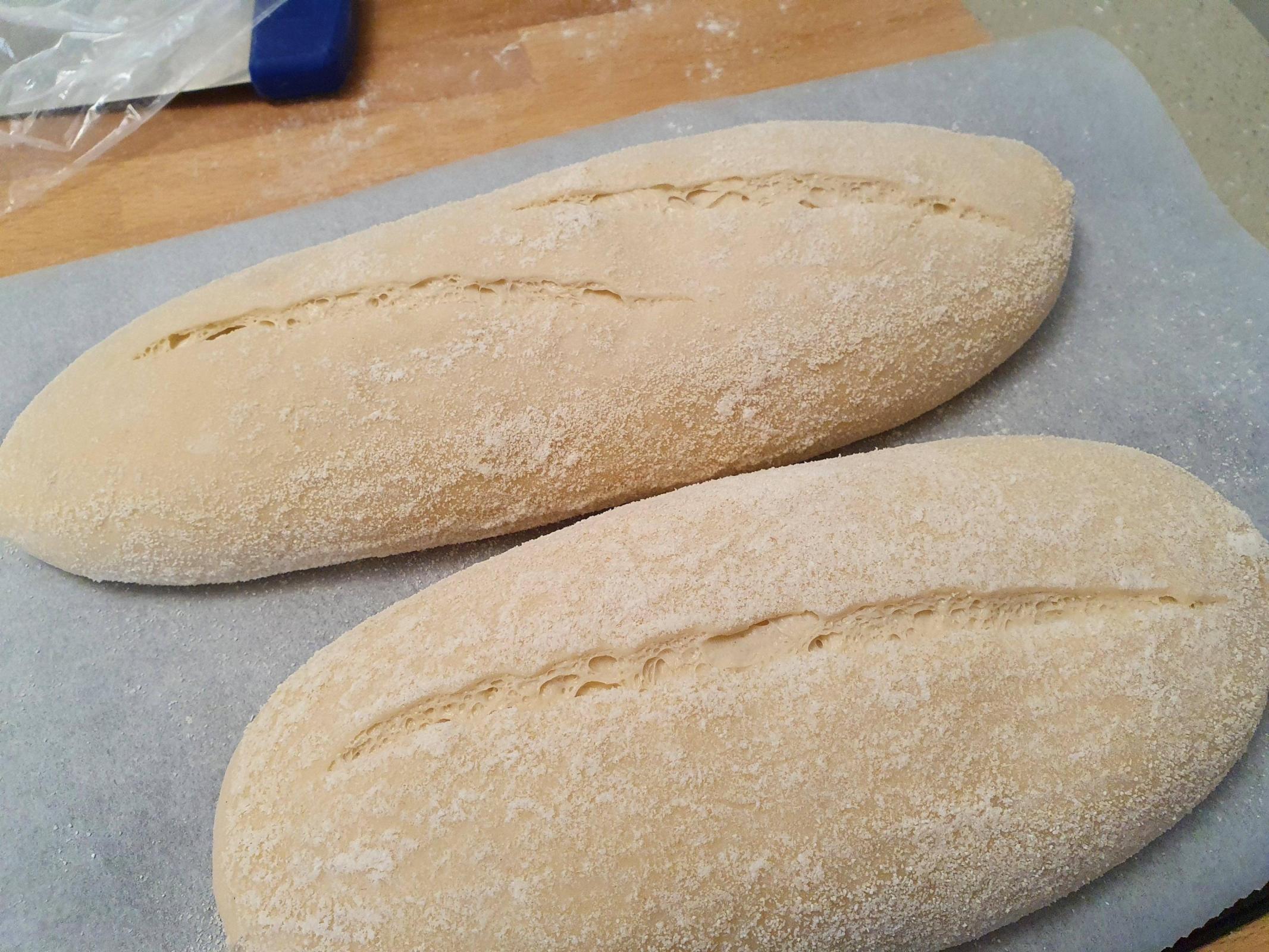


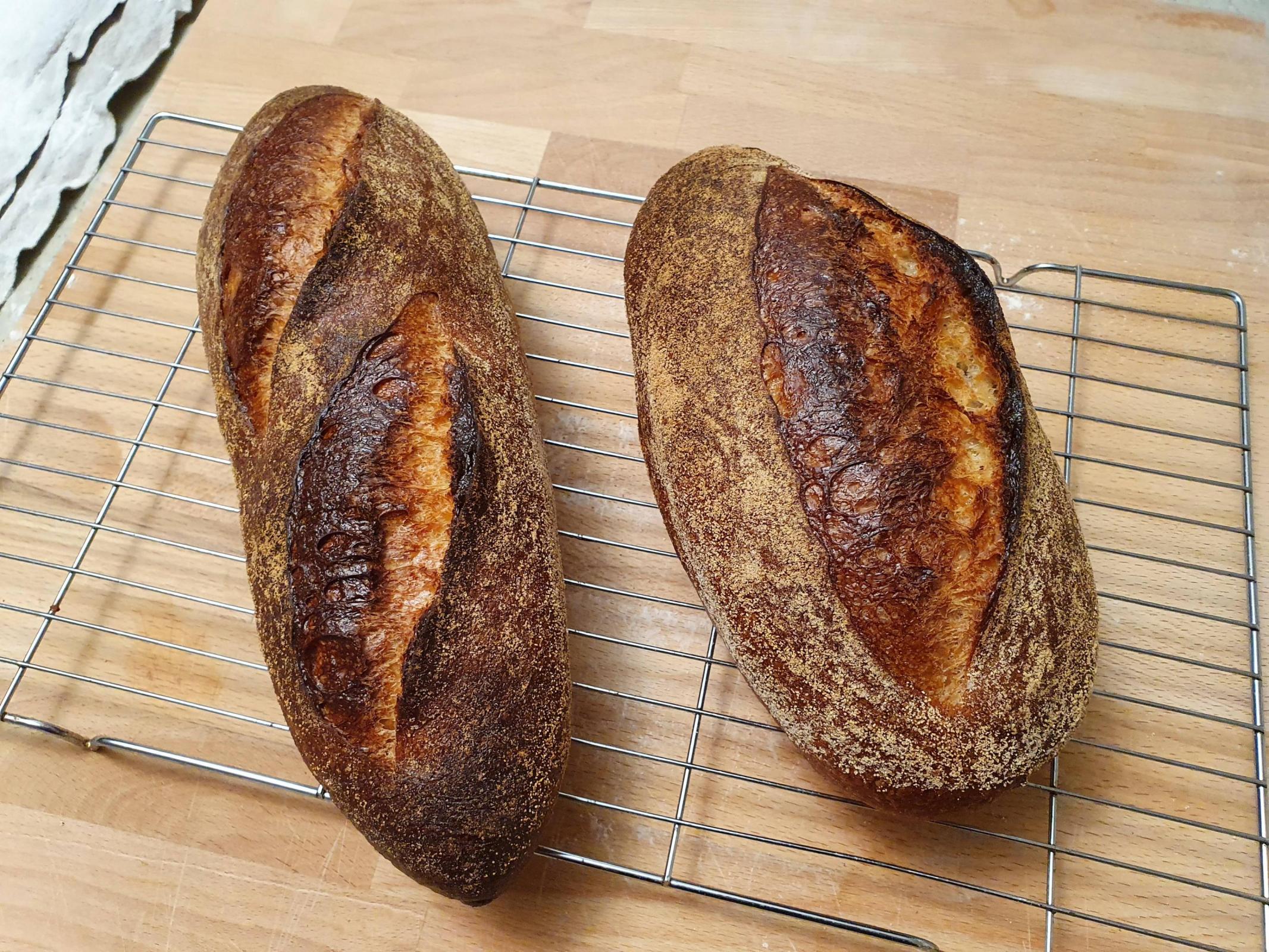

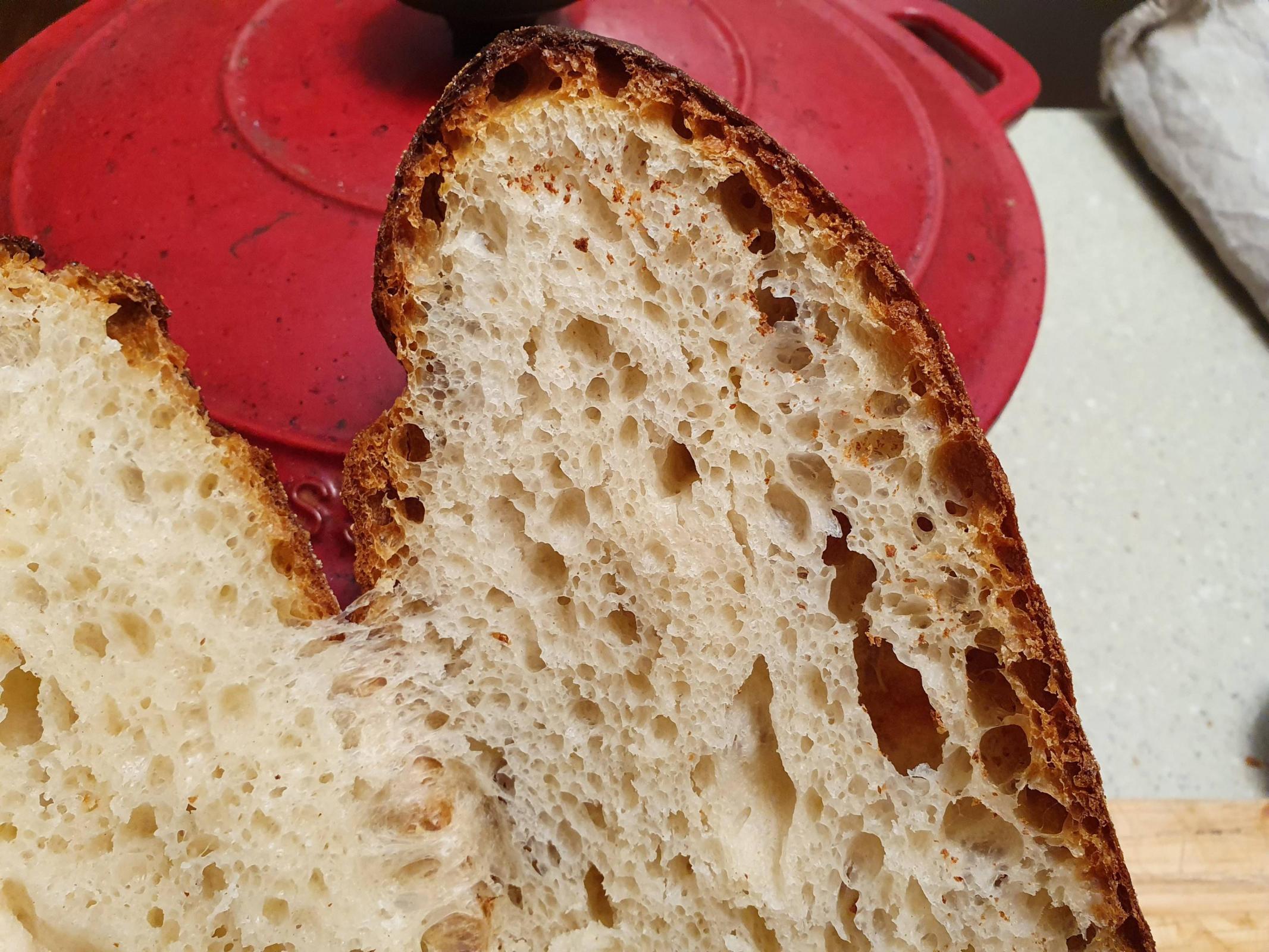

…
Bake 2
This time I went back to basics and just made the straight dough version of Hamelman’s baguettes. For some reason these are at 70% hydration compared to the 66% poolish version (which I did find to be a little on the stiffer side).
I wasn’t too concerned with making a ‘perfect’ baguette, I just wanted to play around with a few variables and see what happened.
The dough roughly doubled during the bulk, rising a bit faster than I expected (probably kickstarted by being fairly warm after mixing, about 26c, before cooling to room temp), so I only did 1 fold instead of the recipe’s 2.
I also decided to give the loaves quite a full proof, and then also got a bit distracted, so that I felt they were ready for the oven before I had even started preheating it.
As a result they were verging on overproofed by the time I loaded them – very light and well expanded, a little fragile, but not quite ready to collapse.
I baked these loaves for a shorter time than before. The loaves had a nice golden brown colour and felt solid and light. They softened quite a bit while cooling, but not completely – there was still a little crunchiness.
They only had a tiny amount of oven spring, but held their shape and did not collapse.
As a result, they were not particularly visually impressive, but I was really surprised by how good the flavour and texture tuned out to be.
The flavour was subtle, buttery and wheaty, and far superior to the poolish baguettes above. Presumably this was developed by the full proof and active bulk ferment, and brought out by the milder, chewier crust and soft, moist interior.
Being less dry, this bread also kept much better and was still very tasty the next day, lightly toasted.

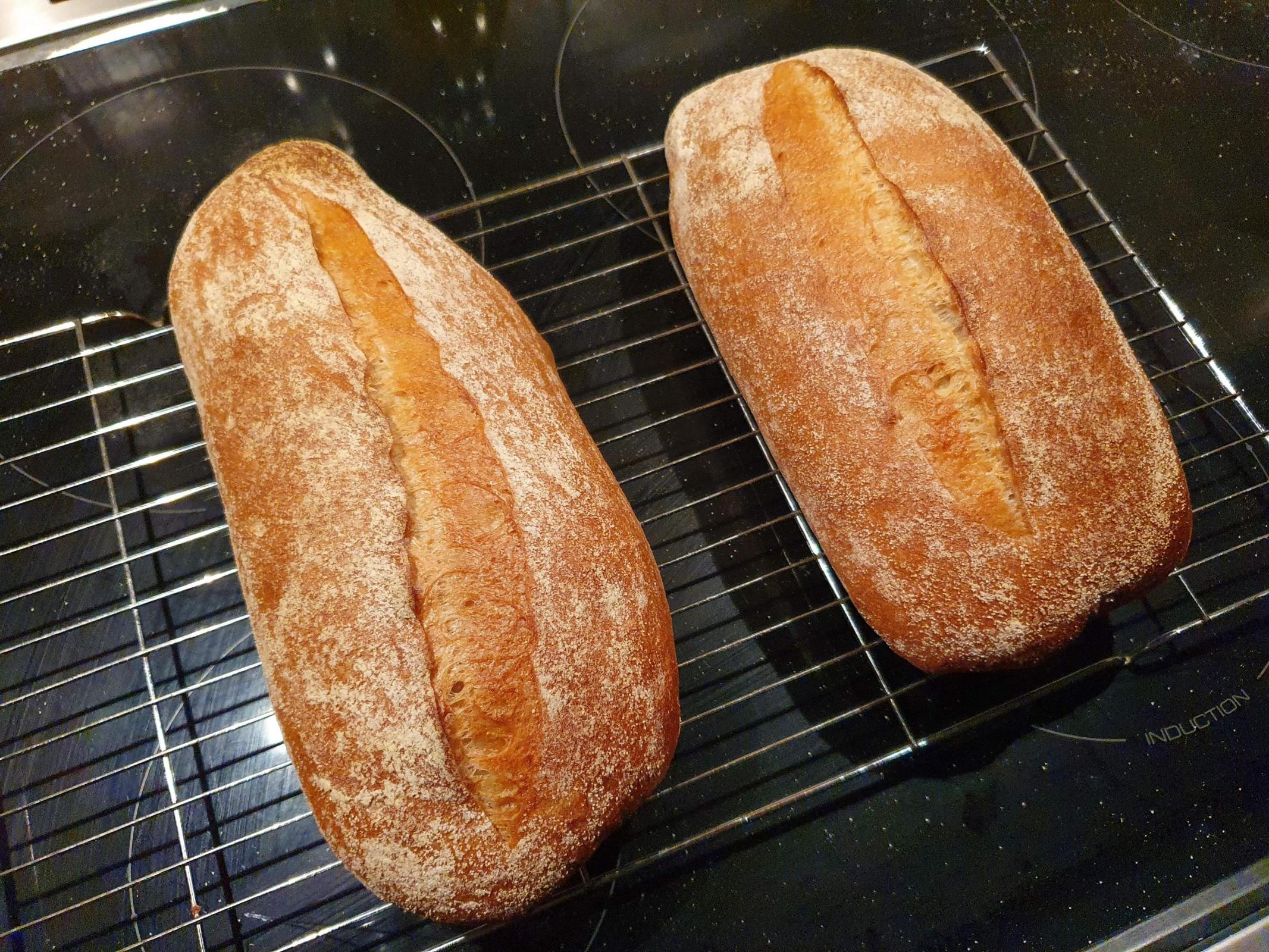
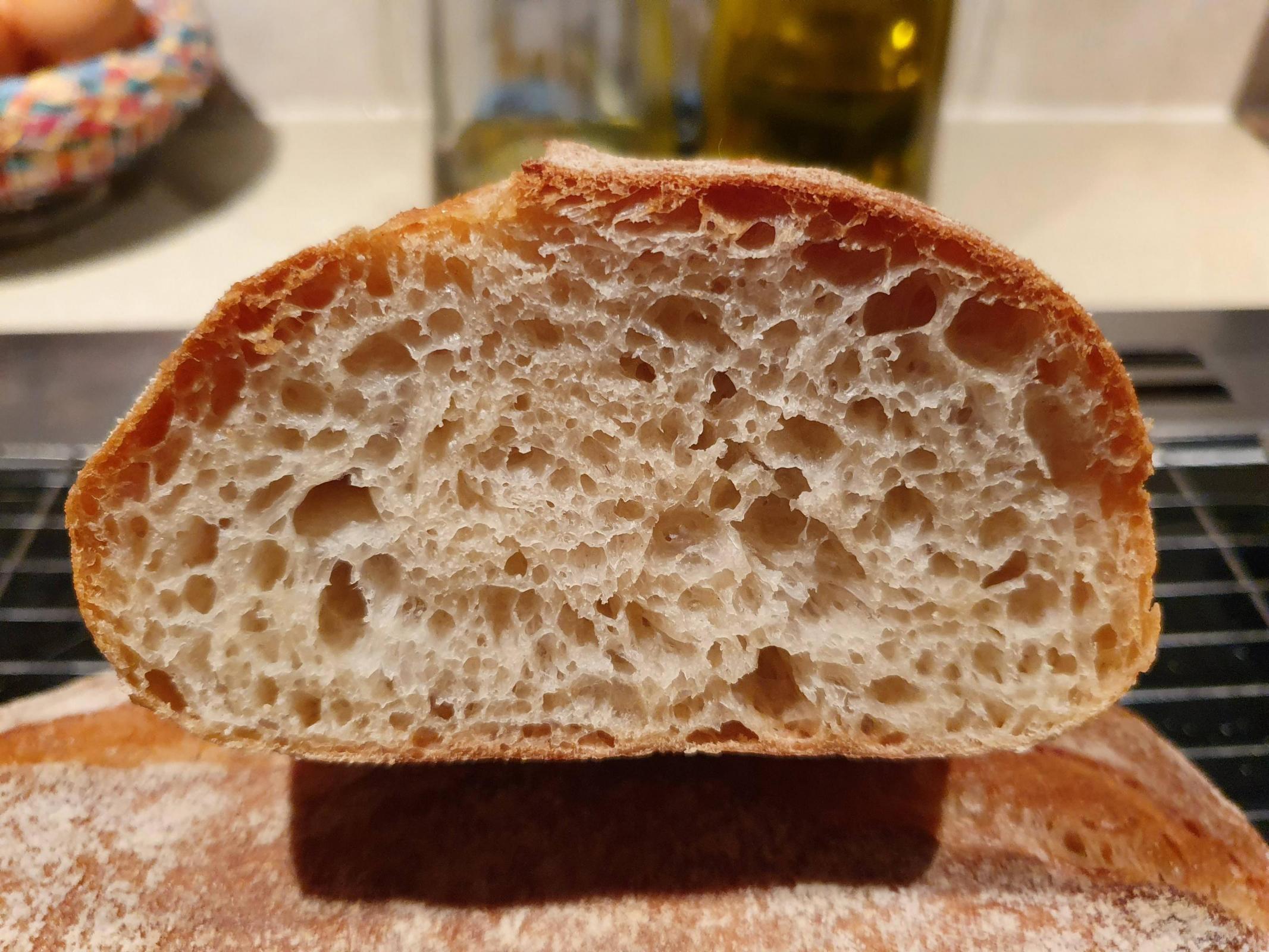
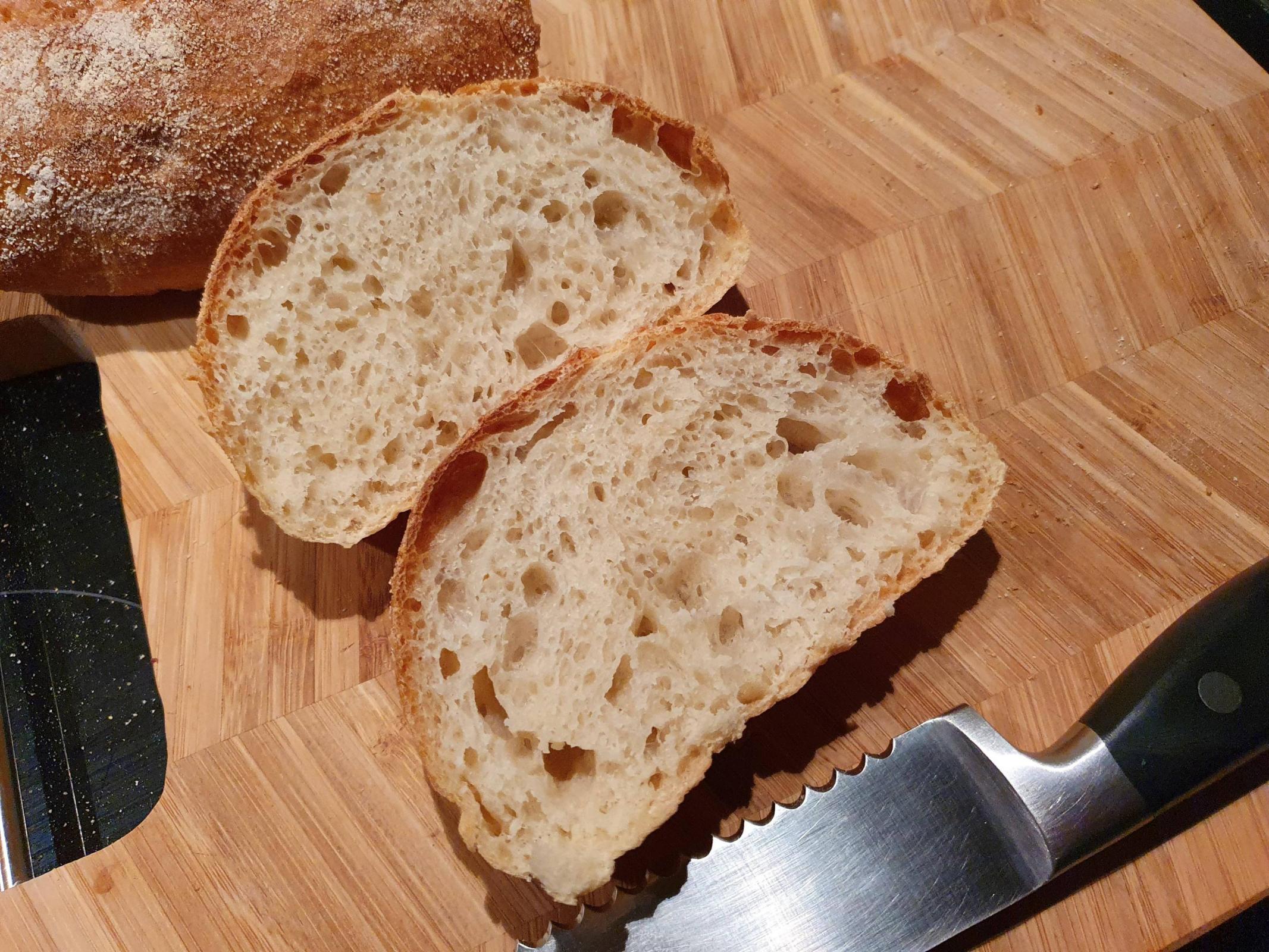
…
Bake 3
I felt more confident now, because I no longer feared a slightly softened crust as much, nor was I too worried about getting the proof and oven spring exactly right – I knew I could get great results even if the loaves weren’t super pretty.
I returned to the poolish recipe, but kept the hydration at 70%.
I only mixed to incorporate the ingredients into a shaggy mass, and just used stretch and folds (roughly 3x in the first hour or so) to develop the dough. Followed by a letter fold a little later on.
During bulk the dough rose by roughly 60-70%.
When dividing and preshaping, the dough felt very nice – clearly active and airy and light, while still feeling strong, extensible, and not too gassy or over risen.
It proofed for a couple of hours at around 21-22c, by which time it was light and expanded and delicate, without being too fragile or weak.
My baking method, honed from the previous attempts, was as follows (note these loaves weigh about 390g each):
Preheated to 260c, baking stone in lower middle, with a cast iron dish underneath.
Loaded the bread, poured in about 450ml of boiling water, and lowered the temp to 240c (top and bottom element, no fan).
After 15 min, rotated the loaves and reduced to 220c.
Rotated again a few minutes before the end, noting that the crust colours faster when facing the left and right sides of the oven.
Baked 30min in total.
Next time, I think I need to extend the slashes right to the ends to avoid bulging towards the centre.
The crust and colour on these loaves was pretty much perfect. A good balance of crisp and chewy, complementing a moist, chewy crumb with lots of subtle flavour. They were quite popular.
Very happy with these, and now I feel confident I can recreate them without too much trouble on a consistent basis.


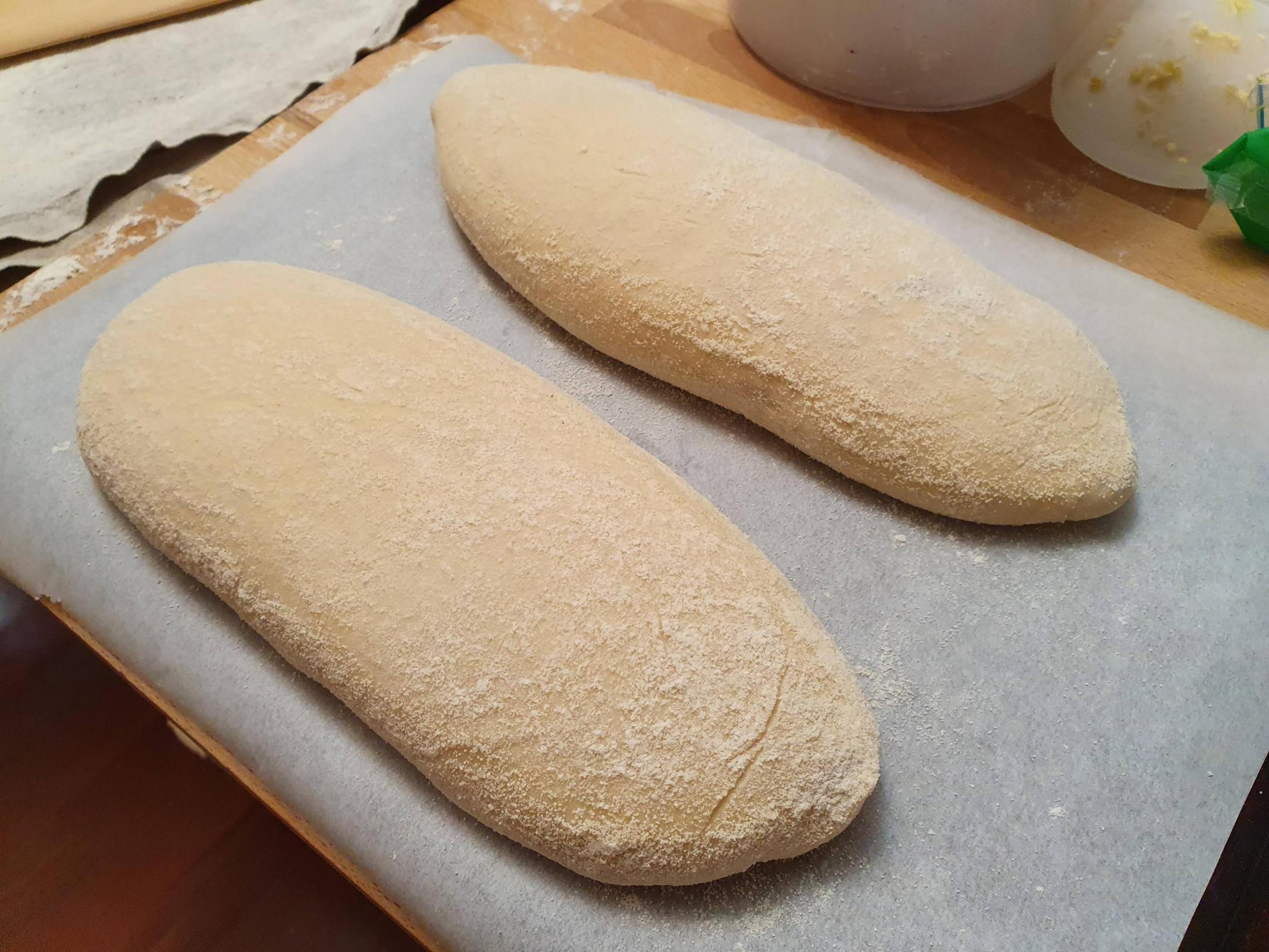


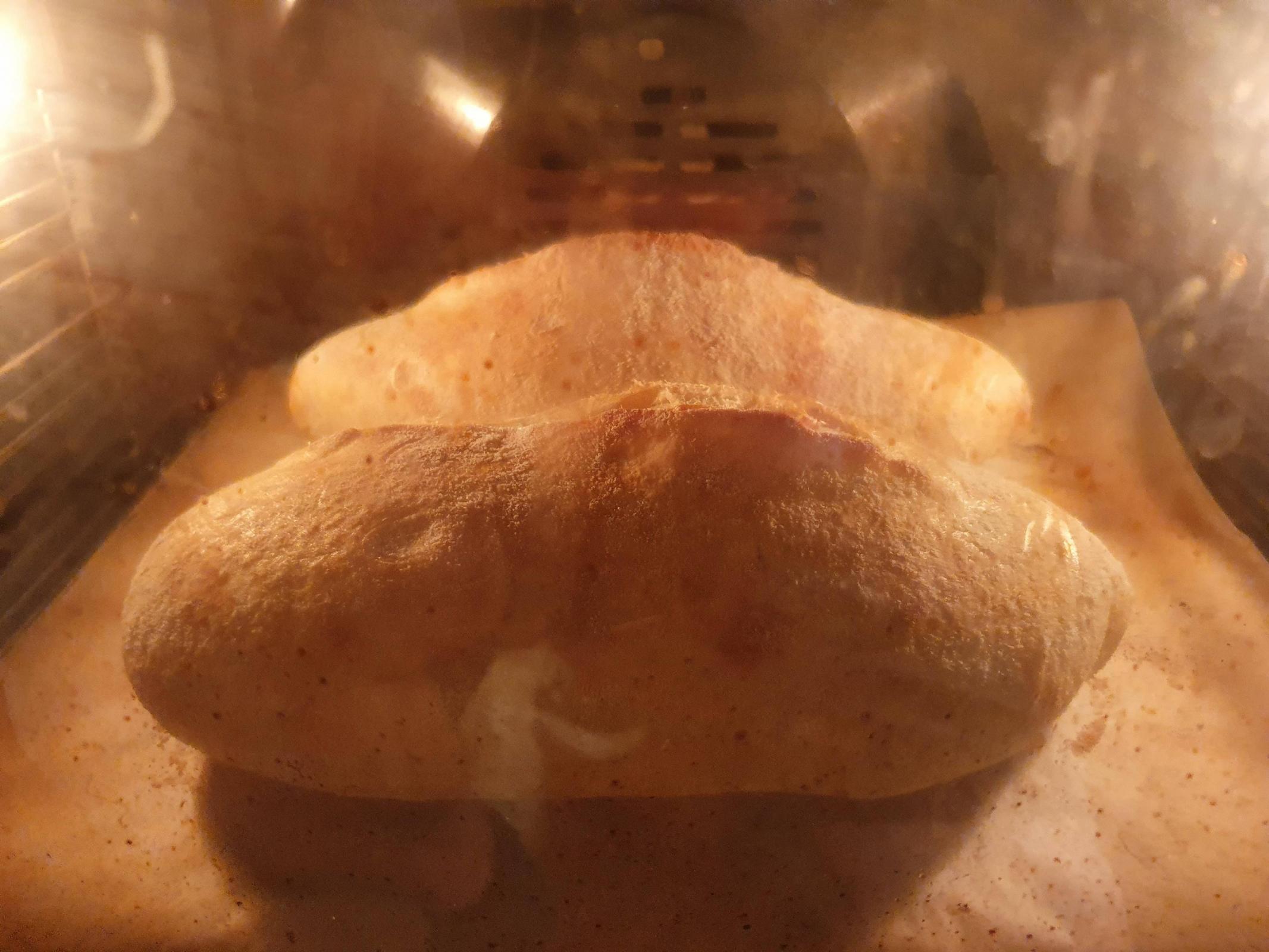

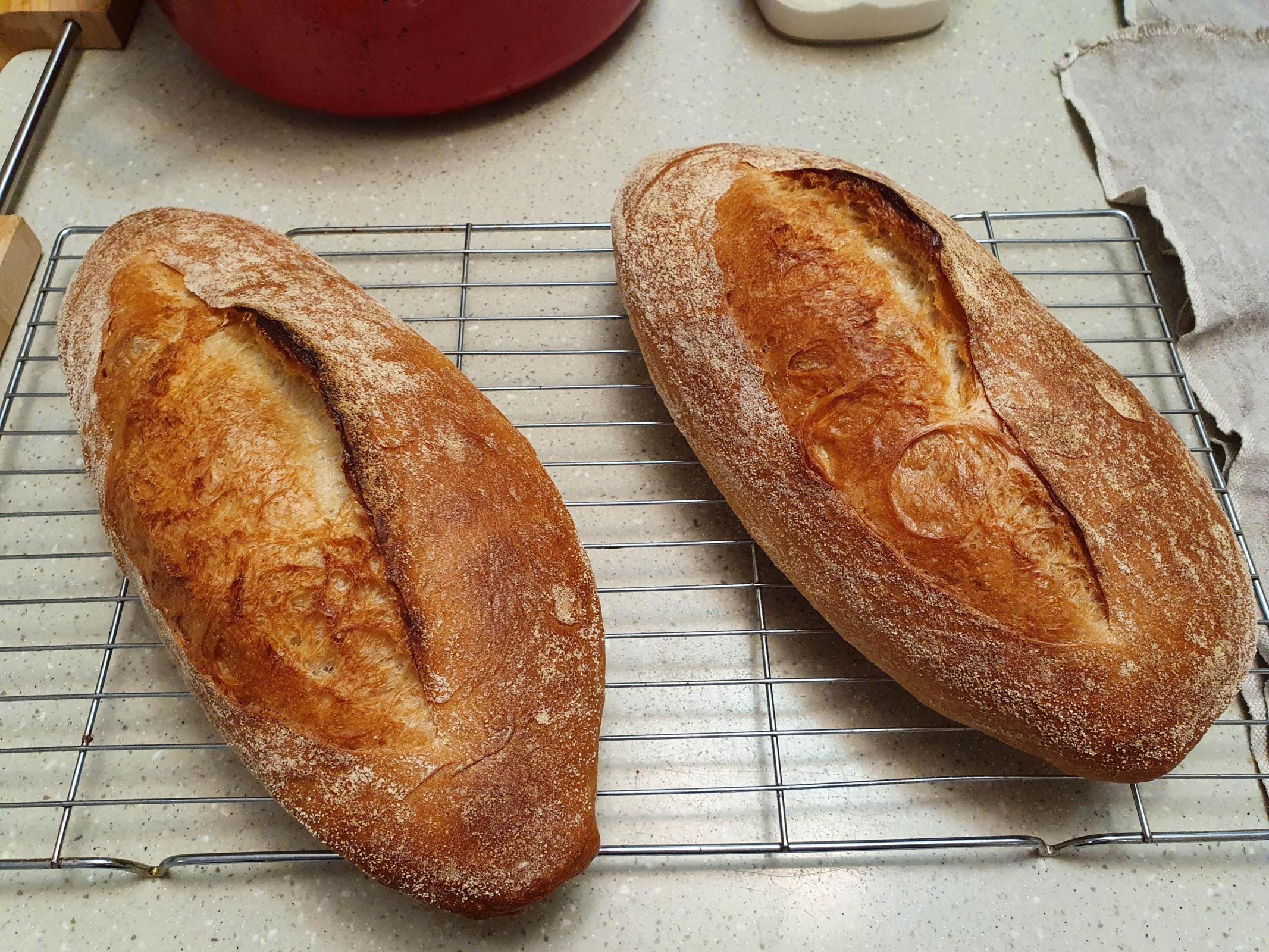

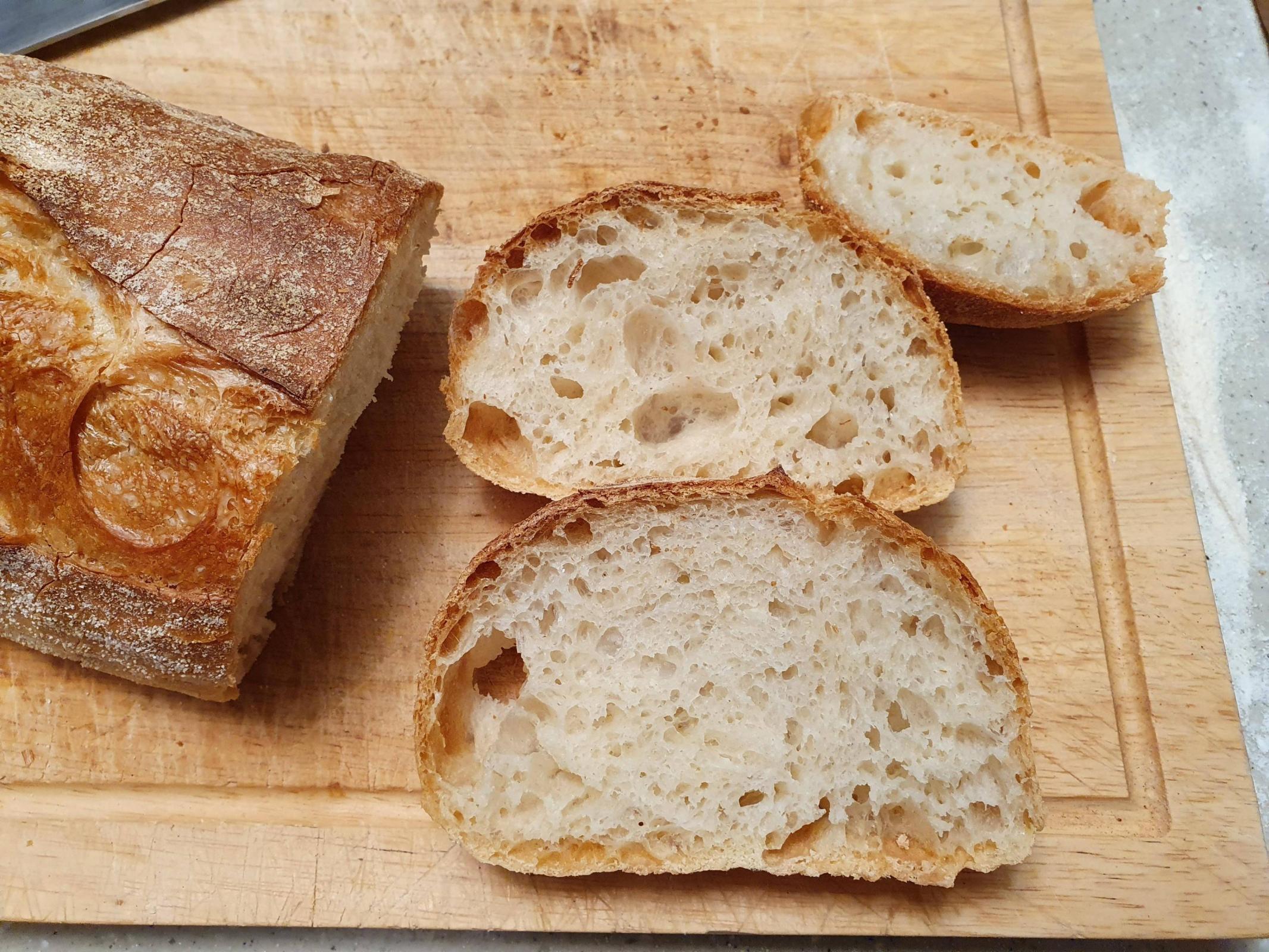
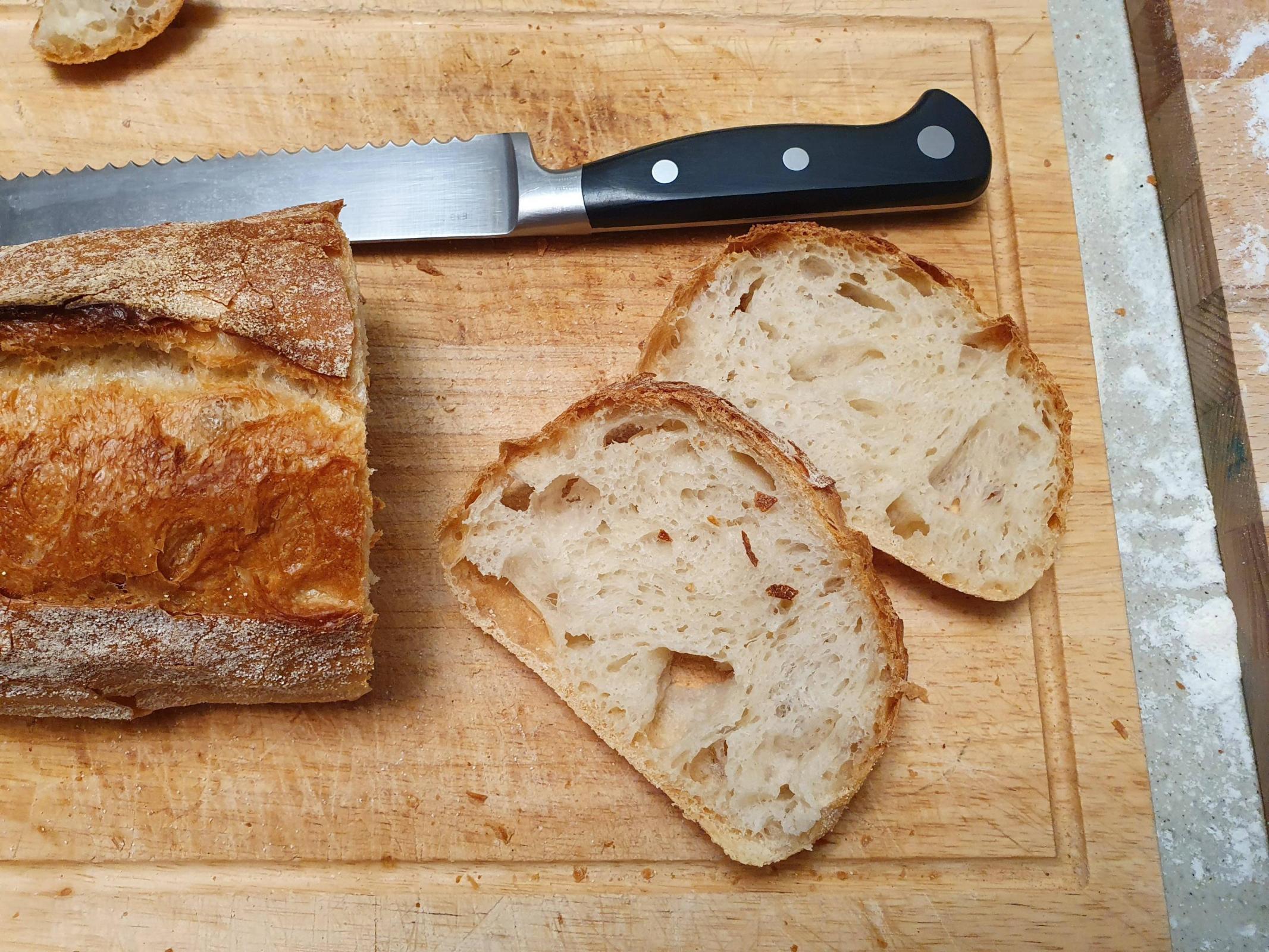
Here's a video of the crust crackling:
And how dough felt before baking: (I promise I was being more gentle than it looks!)


Comments
IMO, the dough in the video could have proofed more. I say this because the dough filled back in after indenting a little too quickly. If it would have slowly filled back in, that would seem to be the sweet spot.
I am interested to hear what other bakes think about this.
Danny
The sound of the crunchy crust in the video is very nice…
Hi Danny. One thing to note is that the poking in the video was done once the dough was inverted after proofing seam up in the couche. So it shows the taut, smooth part of the loaf, which bounced back more readily. When in the couche, the seam side retained some indentations when poked, or bounced back more slowly. Also, the loaf felt very light and airy to the touch, hard to quantify in video form of course. Not to say that it couldn't have proofed a bit longer if necessary, but it was pretty well along I think.
And yes the crust sounded so good! Had to share.
Simon
I love the crackle of the crust in that first video of yours. You have discovered and demonstrated what we found during the baguette community bake from last year that it is a challenge to have both open crumb and grigne and ears on the baguettes. You have to hit that sweet spot of not over or under proofed but just right. I do agree with Dan that in your poke test video, the indentation seems to spring back very quickly. I tend to poke a bit deeper and expect when the dough is fully proofed that the indentation will only recover about halfway. That is the point at which I feel it is fully proofed.
Great post though, I love the documentation of what you’ve done in each bake.
Benny
Thanks Benny. Regarding the poke test, I replied in some more detail to Danny (I think the surface tension of the loaf may be contributing), but to add, I think I probably tend to do shallower pokes than you guys and focus more on the feel (the amount of resistance / lightness to the touch) than specifically looking for an indentation remaining or partially bouncing back. Mostly because I am terrified of doing anything to upset the dough at such a crucial stage! I do bear those other things in mind, if I'm unsure.
To be clear, I'm not suggesting the video shows any kind of 'optimal' proof. The dough just felt really nice, that's the main reason I made the video :)
Actually, looking at the pictures, I think you can see that the dough in the couche still has some indents from when I did the poke test, before inverting them.
Simon